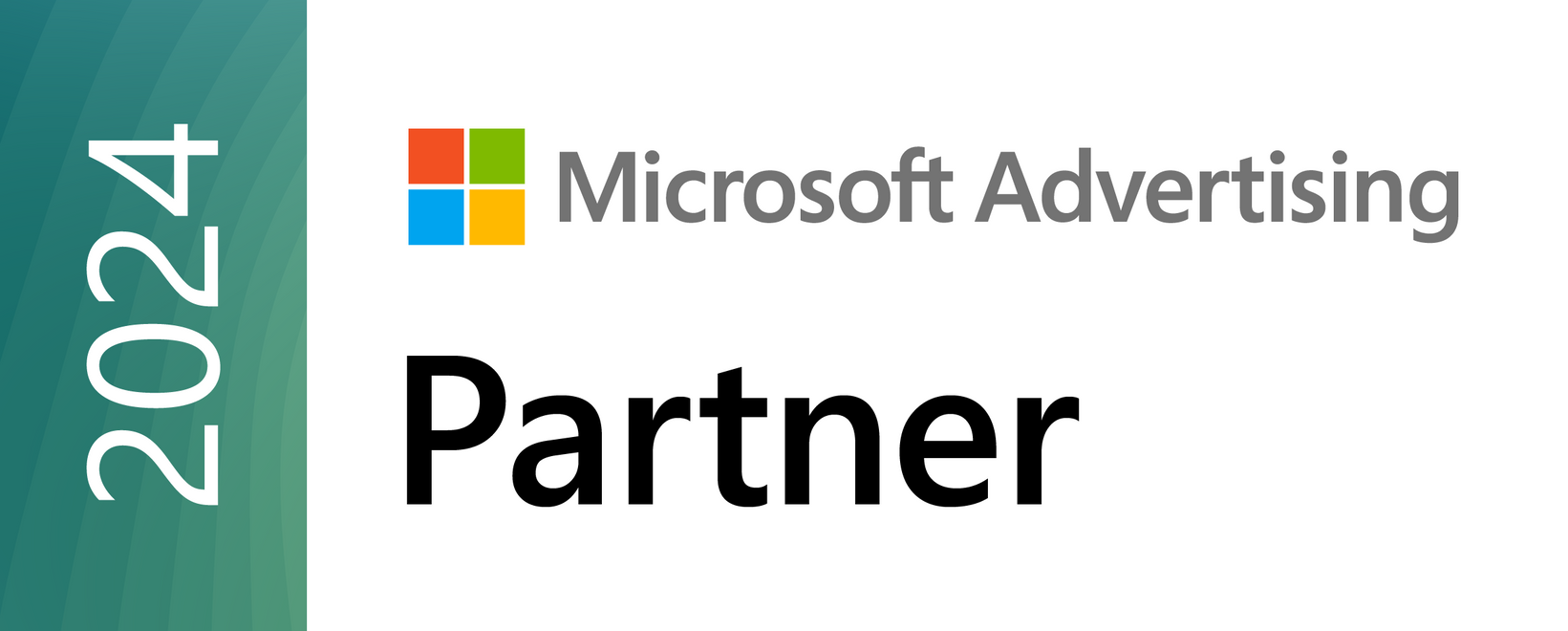What Is llms.txt and Why Should Your Website Have It?

Large language models (LLMs) are crawling the web the same way search engines have for decades, but the rules for what they can use and how they can use it are looser. llms.txt is an attempt to close that gap. It gives website owners a simple, public way to tell AI crawlers, “You can use this,” “You can’t use that,” or “You can use it, but not for training.”
The Next Evolution of Robots.txt
robots.txt told Googlebot and Bingbot how to crawl. llms.txt tells GPT-style and Claude-style crawlers how to ingest. Like robots.txt, llms.txt is a plain-text rules file at the root of your domain (https://example.com/llms.txt) that agents look for before using your content.
The difference is scope. robots.txt is about search indexing and crawling. llms.txt is about AI access, training and summarization. That makes it relevant to any business producing educational, blog, service or documentation content that AI tools are likely to reference.
What llms.txt Does (and Doesn’t) Control
What llms.txt does:
- Signals to LLM crawlers which parts of your site they may access
- Lets you allow or disallow specific AI agents (e.g., GPTBot, ClaudeBot, Google-Extended)
- Lets you narrow what can be used for training versus what can be used for answering/summarizing
- Creates a transparent, machine-readable AI policy for your domain
What llms.txt doesn’t do:
- It does not replace robots.txt
- It does not guarantee compliance (it’s voluntary, like robots.txt)
- It does not retroactively remove content already used to train older models
- It does not affect how traditional Google SEO ranks your pages
It’s a control signal, not a legal wall, but reputable AI providers are honoring it because it’s low-friction and good optics.
How llms.txt Works
Domains only need a single, root-level, plain-text file with a pattern that will be familiar to anyone who uses robots.txt:
# example llms.txt
User-agent: GPTBot
Allow: /blog/
Disallow: /internal/
Disallow: /downloads/
User-agent: ClaudeBot
Allow: /
User-agent: Google-Extended
Disallow: /members-only/
Key points:
- User-agent: names the AI crawler.
- Allow: and Disallow: work like robots.txt path rules.
- You can define multiple AI agents in the same file.
- It must live at https://yourdomain.com/llms.txt. Subfolders won’t be read.
- You can start simple, allowing public content and disallowing obviously sensitive or paywalled areas.
It’s meant to be the single source of truth for AI crawlers, the same way robots.txt is the single source of truth for web crawlers.
Why Businesses Should Use llms.txt
Control Over AI Visibility
You can tell AI systems which parts of your content are okay to surface. That lets you promote public-facing authority pages while excluding pricing portals, gated content or messy legacy sections.
Brand Protection
If you’ve spent years refining service descriptions, industries served or local markets, you don’t want an AI to pick up half-written test pages. llms.txt improves the odds that AI uses the pages you intended.
Transparency
Clients, regulators and partners increasingly want to know how you handle AI. A visible, standards-based file is an easy first answer.
Future-Proofing
AI crawlers are multiplying. Adding a rules file now means you’re not reinventing this every time a new agent shows up.
Resist the Urge to Block LLMs
An increasingly common reaction among business owners who are losing clicks to AI agents is “They’re stealing our content, let’s block them.” Although the reaction is understandable, that approach can work against you.
- If AI can’t read your content, it will probably quote one of your competitors offering the same information. That competitor will get the authority and implicit trust.
- AEO/GEO gains depend on accessibility. In order for your site to be cited in answer engines and generative results, it must be visible to them.
- Blocking everything is like taking your site out of a growing discovery channel. You protect the words but lose the reach.
Think of it this way: if a LLM user was never going to click through to a website, you’re not losing anything by being the source of information. Blocking LLMs and not being that source gains you nothing, but it will cost you authority.
A better approach is selective allowance:
User-agent: GPTBot
Allow: /blog/
Allow: /resources/
Disallow: /admin/
Disallow: /client-reports/
This preserves public, authority-building content while protecting sensitive areas. You get the upside of being referenced in AI outputs without overexposing internal assets.
Best Practices for Implementation
- Use one canonical llms.txt: Don’t scatter variations across subfolders.
- Keep both robots.txt and llms.txt: They serve different purposes.
- Name real AI user agents: Start with GPTBot, ClaudeBot and Google-Extended, but make sure your developer is adding new ones as they become public, because there will inevitably be more agents in this rapidly growing market.
- Review quarterly: LLM crawlers are changing faster than search crawlers did.
- Document your policy: If you work with agencies (like REV77) or freelancers, they need to know what content is allowed for AI.
The Limits of llms.txt
- Voluntary compliance: Honest AI providers will follow it; bad actors may not.
- No retroactive wipe: If your content was used to train a 2024 model, adding llms.txt in 2026 won’t untrain it. Once information has been absorbed during training, it’s effectively baked into the statistical structure of the model, not stored as discrete, labeled text that can be deleted.
- No fine-grained commercial controls yet: You can’t, for example, charge per crawl through this file.
- Not a substitute for access controls: If something must not be seen, don’t put it on a public URL.
If AI Uses Your Disallowed Content, What Can You Do?
Right now, enforcement is difficult. llms.txt is a technical convention, not a legal standard. If an AI agent ignores it:
- You can log and document the access to show attempted noncompliance.
- You can update your terms of use to prohibit AI training or commercial reuse.
- You can pursue DMCA or copyright takedown if your content is reproduced verbatim in a product.
- You can contact the provider (OpenAI, Anthropic, Google) with evidence that your llms.txt is being ignored.
Courts are still deciding how far “fair use” extends for AI training. And in many cases, proving that an LLM specifically used your website’s content for training is extremely difficult with current transparency standards. Several high-profile cases are testing this exact issue. Until there is settled law, the practical posture is:
- Publish your rules (llms.txt)
- Publish your intent (site terms)
- Keep records of violations
That combination puts you in the strongest position if enforcement options change in the future.
Optimizing Your Website for LLMs in 2026 and Beyond
Despite the 2023 and 2024 hype, AI agents have not killed traditional search. However, there are an increasing number of heavy LLM users turning to AI search first for answer delivery. Sites that are machine-transparent will get pulled into more AI experiences. Sites that are opaque or blocked will be skipped.
Adding llms.txt now:
- Signals technical maturity
- Protects obviously sensitive paths
- Keeps you eligible for AI-era authority building
- Aligns your site with emerging standards
It’s a small file. It’s fast to implement. And for business websites, it’s the clearest way right now to say to AI systems: “This is how we want to be used.”
If you’re not sure how to add llms.txt to your website, or you’re looking for help optimizing your website for the modern search landscape, request a free audit from REV77.





